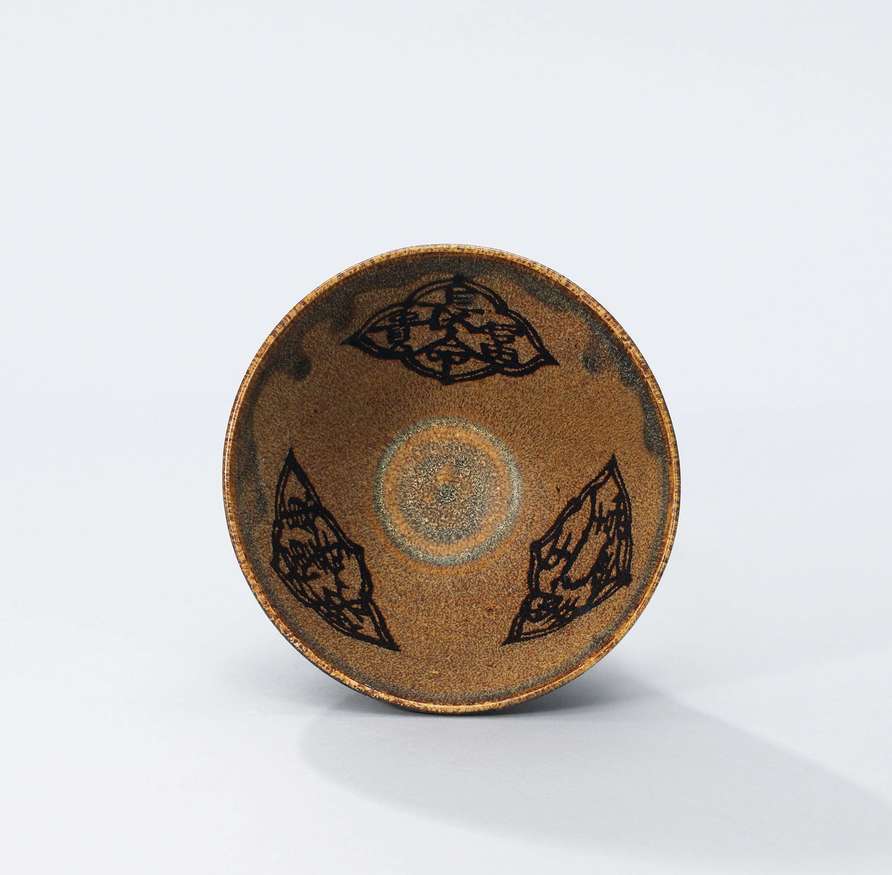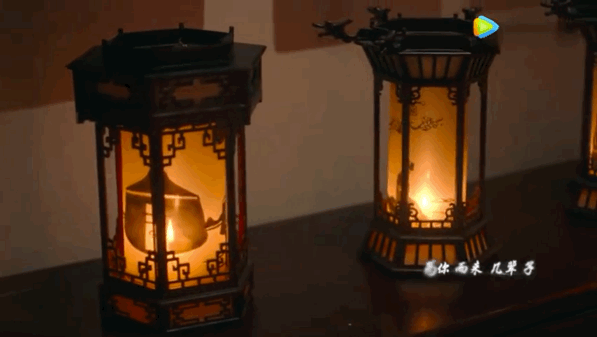A distinctive visual art representative of China, 剪紙 (jiǎn zhǐ) or Chinese paper cutting, has been around for centuries, (it might even be older than paper itself!). In 2009, Chinese Paper-cut was put on the UNESCO Representative List of the Intangible Cultural Heritage of Humanity. With simply a piece of paper—usually red—and a pair of scissors in hand, diverse patterns ranging from portraits to animal zodiacs are created with intricate designs.

Due to its low cost and artistry, Chinese paper cut-outs are popular decorations used to adorn windows and mirrors. When light shines through the negative spaces of the cut-outs, an exquisite pattern is created indoors. Decorating windows with paper-cuts is a Chinese New Year tradition, with the pretty cut-outs often referred to as 窗花 (chuāng huā), which translates to ‘window flowers’. Well, we think that the name is beautiful.
Its Origin
The oldest surviving paper cut out is a symmetrical circle from the 6th century found in Xinjiang, China. The art of Chinese paper cutting has been believed to have originated in China after the invention of paper by Ts'ai Lun in 105 CE. However, long before paper was invented, there have been records of the Chinese using other thin materials such as leaves, silver or gold foil, silk, and leather to carve hollowed patterns. It was found that during the Western Zhou Dynasty (1046 – 771 BC), people had already been cutting tree leaves into various art forms and giving them out as presents! Surprising, right?

Source: GIPHY
Regarding the origin of the very first paper-cut, there is also a beautiful legend:
In the Han Dynasty (202 BC – 220 CE) of ancient China, Emperor Wu loved his wife, Concubine Li, dearly. When she passed away, he missed her so much that he couldn’t eat or sleep well. He longed to see her once again. In order to fulfill the Emperor’s request, one of the ministers used linen to cut out the figure of Concubine Li and propped it up against the dim candlelight in the tent. From a separate tent, Emperor Wu saw the silhouette of his beloved wife and thought that her spirit had returned. So as to not reveal the lie, the ministers warned the Emperor that he must not go near the tent or Concubine Li’s spirit would disappear. As the silhouette faded away, he wrote a poem to express his grief.
“是邪,非邪?立而望之,偏何姗姗其来迟。”
“Is that you, or am I mistaken? I stand up to look, unable to figure out why haven’t you come to my side.”

Source: GIPHY
We’re not crying, you’re crying!
Its Development
As paper became affordable, the art rose in popularity among the people and became a traditional handicraft for women in rural areas. It was expected of every girl to master the craft, and brides were often judged by their skills. During the Southern Song Dynasty (1127 – 1279 CE), craftsmen, predominantly male, made a living out of paper cutting. Some specialised in cutting Chinese characters, while others specialised in cutting flowers and other designs. In the Jizhou kilns of the Jiangxi Province, craftsmen started pasting paper-cut works on ceramics before glazing and baking them in the kiln, to create vivid designs on the ceramics.

Source: Christie’s
The art of paper cutting reached its peak in the Ming (1368 – 1644) and Qing (1644 – 1912) Dynasties. They were used to decorate almost anything — folk lanterns, fans, embroidered fabrics, and many more. A famous decorative lantern from the Ming Dynasty was the Running Horse Lantern or 走马灯 (zǒu mǎ dēng). Cut-outs of generals riding horses were placed in a circle around a candle and would rotate as hot air from the candle rose. The shadows of the cut-outs were cast onto the screen of the lamp, giving the illusion of galloping horses chasing one another. Designs of the lantern then evolved to depict deities and people.

Source:《梦回》by Tencent Video
Its Meaning
In the past, paper-cut designs were largely influenced by agriculture. The Chinese have long created paper-cuts to depict beautiful things, worship, and express good wishes. Most of the traditional cuttings have a meaning behind them. A lotus with fish stands for the continuation of wealth in the next year and a pomegranate indicates a wish for prosperity and fertility.

Chinese characters are also frequently used as a design for traditional paper-cuts. Some common characters include, ‘福 (fú)’ which represents blessing and ‘喜 (xǐ)’ which means happiness. It is worthy of note that the character ‘喜’ is almost always cut as ‘囍’, and used during weddings to represent double the happiness! The Chinese characters often have meanings that represent ordinary people’s aspirations for life.
After the Qing Dynasty, Chinese paper cutting remained stagnated for some time. With urbanisation, the traditional art of paper cutting is becoming obsolete, especially among the younger generation. It’s sad to hear, so we hope that we can play a part in keeping the art of paper cutting alive. After all, our mission at Culturally is to bridge cultures all over the world!

Source: GIPHY
We’d like to invite you to join us in preserving the traditional art of Chinese paper cutting, by learning about it from a crafter with 40 years of experience, 汪老师 (wāng lǎo shī); Teacher Wang.

Learn about the art of Chinese paper cutting within the hutongs (old alleys and narrow streets of China) of the arts & crafts enclave, Tianzifang (田子坊), nestled within Shanghai. Surrounded by traditional Shanghai alleyways that are chock-full of trinket shops, bars, restaurants and art galleries, experience the combination of modern and old Shanghai as you try hands-on the two-thousand-year-old craft of paper cutting. Find out more here.
Curious about how the art of paper cutting has since evolved around the world? Read about it here!
• • •

At Culturally, we offer customised hands-on cultural experiences for you and your loved ones to enjoy and have fun whilst learning about other cultures!
Follow us on Instagram and Facebook for more!
Powered by Froala Editor